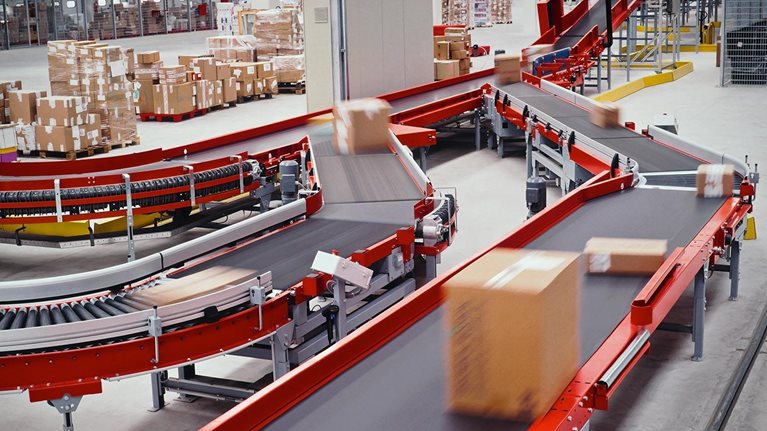Digital capabilities, adoption, and usage are evolving at a supercharged pace. While most users scramble just to keep up with the relentless rate of innovation, the sectors, companies, and individuals on the digital frontier continue to push the boundaries of technology use—and to capture disproportionate gains as a result.
The pronounced gap between the digital “haves” and “have-mores” is a major factor shaping competition at all levels of the economy. The companies leading the charge are winning the battle for market share and profit growth; some are reshaping entire industries to their own advantage. Workers with the most sophisticated digital skills are in such high demand that they command wages far above the national average. Meanwhile, there is a growing opportunity cost for the organizations and individuals that fall behind.
Our new McKinsey Global Institute (MGI) report, Digital America: A tale of the haves and have-mores, represents the first major attempt to measure the ongoing digitization of the US economy at a sector level. It introduces the MGI Industry Digitization Index, which combines dozens of indicators to provide a comprehensive picture of where and how companies are building digital assets, expanding digital usage, and creating a more digital workforce. In addition to the information- and communication-technology sector, media, financial services, and professional services are surging ahead, while others have significant upside to capture.

Would you like to learn more about the McKinsey Global Institute?
The report also quantifies the considerable gap between the most digitized sectors and the rest of the economy over time and finds that despite a massive rush of adoption, most sectors have barely closed that gap over the past decade. The lagging sectors are less than 15 percent as digitized as the leading sectors (exhibit). In fact, because the less digitized sectors are some of the largest in terms of GDP contribution and employment, we find that the US economy as a whole is only reaching 18 percent of its digital potential (defined as the upper bounds of usage by the leading sectors across a variety of metrics).

This gap underscores not only the challenge of continuously adapting but also the size of the opportunity still ahead. In fact, some of the sectors that are currently lagging could be poised for rapid productivity growth. Companies in manufacturing, energy, and other heavy industries are investing in digitizing their extensive physical assets, bringing us closer to the era of connected cars, smart buildings, and intelligent oil fields. Looking at just three big areas of potential—online talent platforms, big data analytics, and the Internet of Things—we estimate that digitization could add up to $2.2 trillion to annual GDP by 2025. But the possibilities for growth are much wider. The expansion of the digital frontier shows no sign of slowing, and we have barely scratched the surface of the many markets that could be transformed.
Even as digitization creates opportunities for growth, it is likely to unleash economic dislocation. As digital technologies automate many of the tasks that humans are paid to do, the day-to-day nature of work will change in a majority of occupations. Companies will redefine many roles and business processes, affecting workers of all skill levels. Historical job-displacement rates could accelerate sharply over the next decade. The United States will need to adapt its institutions and training pathways to help workers acquire relevant skills and navigate this period of transition and churn.
Digitization is changing the dynamics in many industries. New markets are proliferating, value chains are breaking up, and profit pools are shifting. Businesses that rely too heavily on a single revenue stream or on playing an intermediary role in a given market are particularly vulnerable. In some markets, there is a winner-take-all effect. For companies, this is a wake-up call to use their digital transformation to reinvent every process with a fresh focus on the customer.
Could your job be automated? Find out at Tableau Public, where we analyzed more than 750 occupations in the United States to determine the percentage of time that could be automated by currently demonstrated technology.


